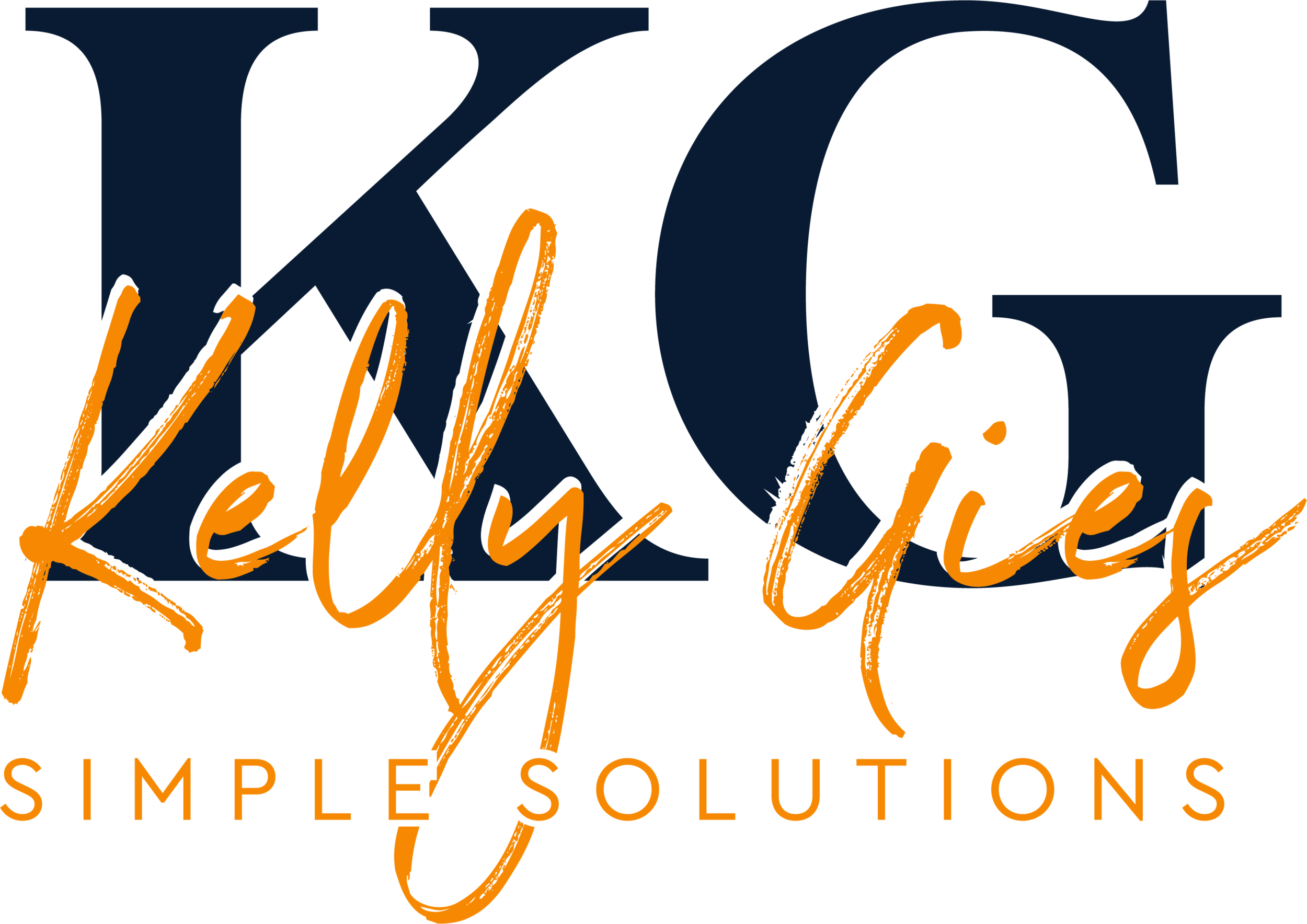Setting Your House In Order: The Effects of Patient AR Build-Up On Your Practice
Do you ever struggle to keep up with patient accounts receivable (AR) build-up in your practice? If so, you’re not alone. As medical practices have had to adapt to new financial realities, managing patient AR has become increasingly difficult. In this blog post, we’ll discuss the effects of patient AR build-up on your practice and provide best practices to help you set your house in order. By understanding the issues, you can take steps to ensure that your practice is on the right track and that you can provide quality care to your patients.
Defining patient AR build-up
Patient AR build-up occurs when the patient has unpaid charges on their account, resulting in a negative balance. An AR summary is useful for practice managers to identify how much money patients owe and which of them have debt due for payment. It is important to verify patient eligibility for insurance before their service date to prevent any potential buildup of AR. Examining each payer class and ensuring that the AR totals grouped by a suitable time frame are ideal for such a class is another way to avoid AR build-up.
Collecting charges at the time of service and charging patients with variable copayments can also help reduce AR build-up. Additionally, staff should have a payment schedule for patients with Medicare and be mindful of those without Medicare co-insurance when it comes to payments. Healthcare organizations should also be aware that backlogs in claims, collections delays, and strict legal requirements can cause overhead in the form of AR build-up.
How patient AR build-up affects your practice
Increased Cost of Doing Business: As patient AR build-up accumulates, there is an increased cost of doing business in terms of billing and collection staff time and resources, as well as technology and software to manage it all. This includes having the right billing personnel and hiring additional staff to help collect on patient accounts that may have been left for extended periods.
Loss of Revenues: Patient AR build-up can lead to delayed payments, missed collections, and uncollectible claims, which can result in a decreased cash flow for your practice. Delayed payments can also impact provider reimbursements and providers’ ability to pay for necessary resources like staff, equipment, and supplies.
Decline in Quality of Care: Longer wait times to receive payment from insurance companies and patients can mean less time spent on providing quality care, decreasing overall patient satisfaction.
Damaged Reputation: High patient AR levels can damage your practice's reputation. This can impact customer loyalty, your ability to attract new patients, and your reputation in the healthcare community.
Poor Compliance: Long delays in collecting patient AR can lead to non-compliance with current regulations, such as HIPAA, HITECH, and other laws governing the use of health information. Poor compliance can result in penalties or fines, so staying current with industry standards and laws is important.
Reduced Cash Flow: A decrease in cash flow can lead to difficulty paying overhead costs, such as salaries, rent, taxes, utilities, and other expenses associated with running a practice. If your practice does not have sufficient cash to cover these costs, it can be difficult to stay afloat.
High patient AR levels can have a significant effect on the success of your practice. It is important to be aware of the potential impacts of patient AR build-up, so you can take proactive steps to set your house in order and ensure your practice remains successful.
Best practices for setting your house in order
Training employees in coding and billing techniques is an important part of setting your house in order regarding patient AR build-up by taking the time to properly train staff in how to read and understand medical documentation, as well as how to code and bill for services correctly, healthcare organizations can save money in the long run. Automated accounts receivable (AR) departments can also help improve cash flow, cost reductions, and customer service by automating claims processing and patient statement generation.
When working the AR, it is important to first categorize AR reports into buckets, such as primary insurance, secondary insurance, Medicaid, Medicare, etc., and then analyze patient statements to determine which payments have been made and which have not. Best practices for managing accounts include identifying the cause of claim denials, following up with patients regarding payment plans or unpaid balances, and offering self-pay discounts. Additionally, conducting periodic audits and reporting can help ensure accuracy in billing.
The most effective way to prevent AR build-up is by staying on top of billing processes and ensuring all claims are processed accurately and quickly. By training staff properly, automating AR departments, categorizing AR reports, and following best practices for managing accounts, healthcare organizations can ensure their house is in order regarding patient AR build-up.
Summary and conclusion
It is important to have a system to control and manage your patient AR build-up to keep your practice running smoothly. Patient AR build-up can seriously impact your cash flow if left unmanaged, so it’s best to take proactive steps to address it. Outsourcing your medical billing services to a reliable offshore provider is one of the best ways to ensure that your practice is well-equipped to handle receivables and improve your cash flow. KG Simple Solutions or our partner Proclaim Billing Services can help you recover the money in the AR buckets with a transparent and professional approach. With their assistance, you can ensure your practice is set up for success and prepared to tackle any AR challenges.
